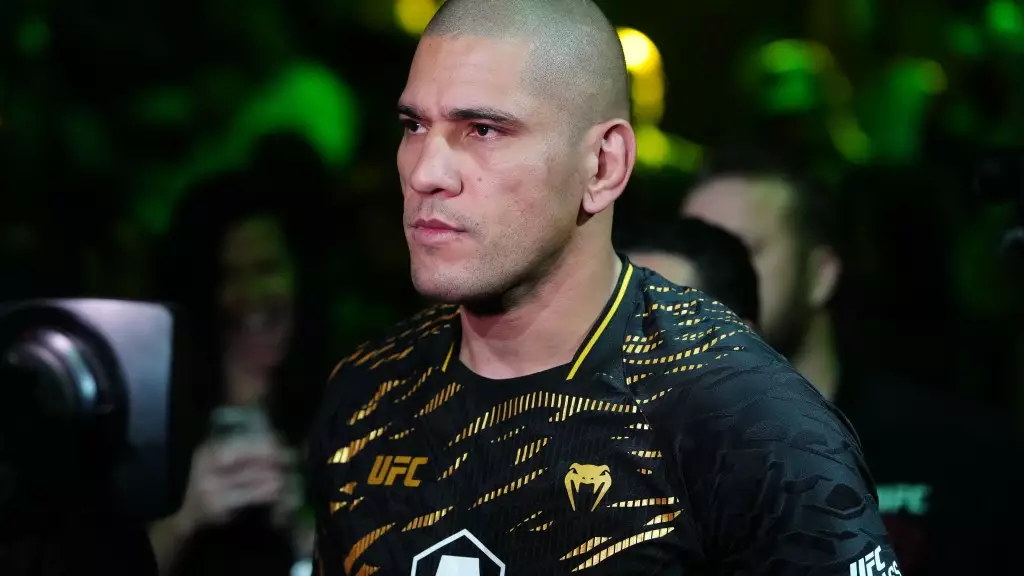In the high-stakes arena of the UFC, where every bout can redefine a career, the toll of relentless competition can be staggering. Alex Pereira’s journey to stardom is a tale punctuated by rapid ascension and perilous challenges. Following his unanimous decision loss to Magomed Ankalaev at UFC 313, there’s a growing discourse around the ramifications of his aggressive fight schedule. Pereira’s experience raises essential questions about the delicate balance between ambition and athlete welfare in mixed martial arts.
The Burden of Frequent Fights
Recent comments from Aljamain Sterling, a former champion himself, highlight a crucial concern within the sport—overexertion. Sterling asserts that Pereira’s grueling frequency of fights is not just ambitious; it borders on reckless. Three title defenses within a mere seven-month window is an unprecedented feat, yet it undoubtedly comes with psychological and physical costs. These aren’t just sparring matches; they are battles that inflict real damage, aligning with Sterling’s assertion that fighters require adequate time for recovery—a principle that often gets sidelined in the quest for glory.
Moreover, Pereira’s strategy of returning to training within days of his bouts raises eyebrows. How does he expect to perform at peak levels when his body and mind have not sufficiently recuperated? Recovery is as pivotal in sport as training, a lesson that seems overlooked amid the allure of immediate rematches and continued title defenses. Such a relentless pursuit may alienate him from the true essence of martial arts, which values skill, strategy, and longevity over a flurry of short-term gains.
Impact on Performance and Health
The physical ramifications of a taxing schedule are not merely speculative; they can critically impair a fighter’s performance. Injuries, fatigue, and diminished cognitive function are all lurking dangers for athletes who push their limits without the necessary breaks. As observed in Pereira’s own fights, such as against Jiri Procházka, the damage he incurred could have long-lasting implications—not just for his title but for his overall career longevity. After all, no athlete is invincible, and the façade of invulnerability can collapse under the strain of too many battles fought too quickly.
Furthermore, the psychological dimensions of fighting cannot be ignored. The stress and pressure associated with frequent high-stakes bouts can lead to burnout. The mental fortitude required to maintain a champion’s mindset is arduous enough without layering on the exhaustion that comes with insufficient recovery. An athlete’s mental state is equally as important as physical conditioning, and Pereira must consider whether his ambitious fight schedule is contributing to a diminishing return on both fronts.
Looking Ahead: A Fork in the Road
As Almeida seems positioned for an immediate rematch against Ankalaev, one must wonder if this decision is based on strategy or pressure from the promotion. In a sport predicated on reputation and title status, taking a step back to reassess may prove to be a wise strategy. Instead of rushing back into the octagon, questions around whether he can regain his health and sharpen his skills should take precedence.
As MMA evolves, the industry must critically evaluate what it means to be a champion. Should champions be defined by their resilience in the ring alone, or must their approach to fighting and recovery come into play? Pereira stands at a crossroads that highlights the broader conversation about athlete wellness in combat sports—a conversation that could define not just his career, but the future standards of the entire UFC landscape.

